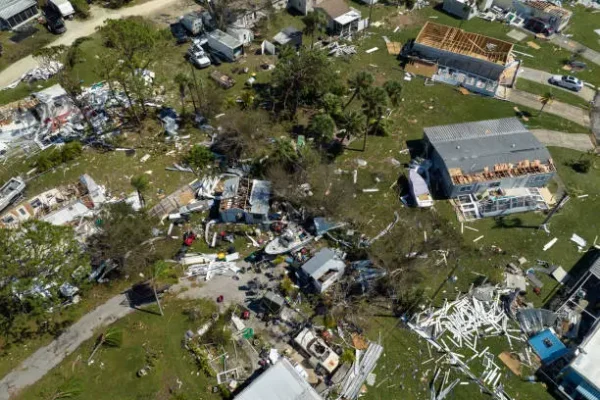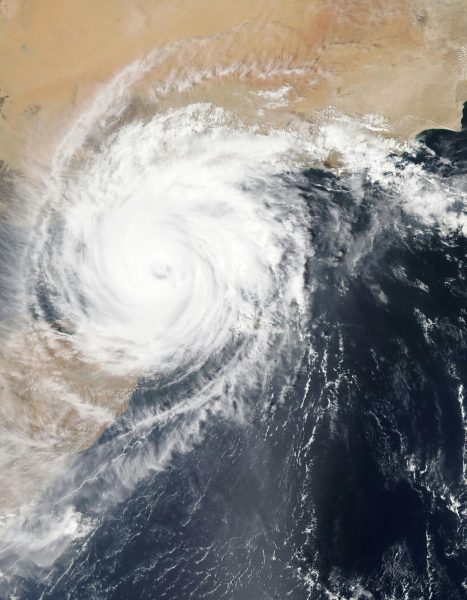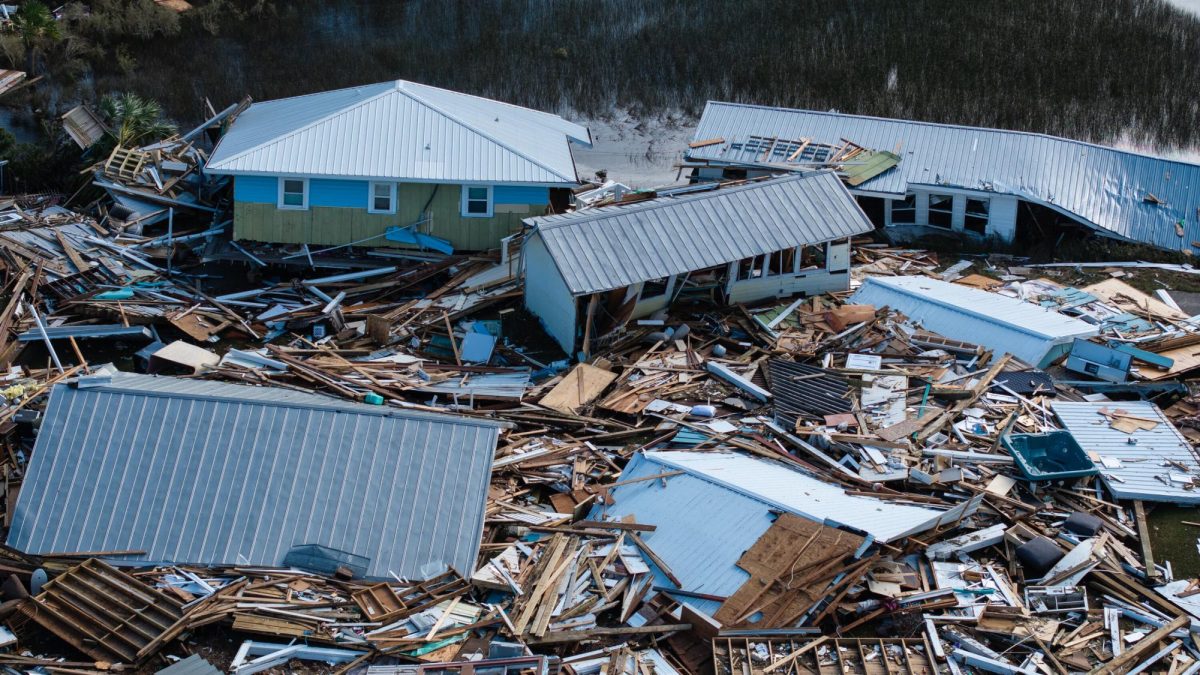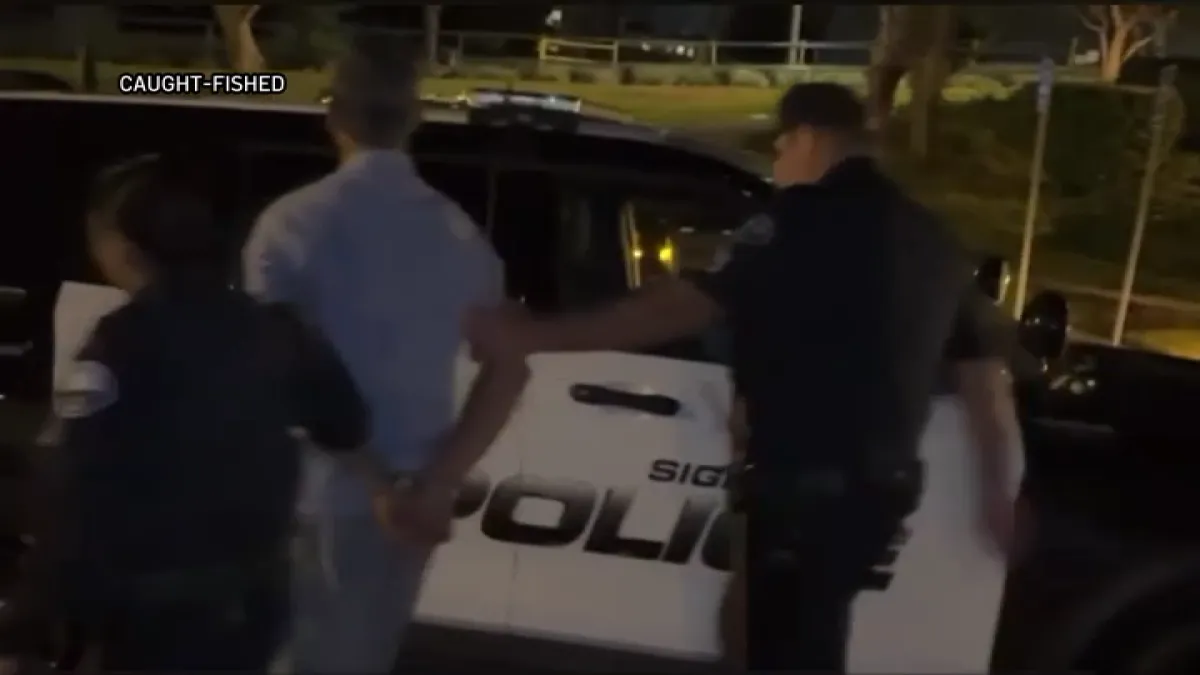Hurricanes have ripped apart the lives of millions of Florida residents in the last ten years, affecting their homes, their work, and their families. In light of the most recent hurricanes, Milton and Helene, many Floridians are away from their homes, but what is being done to help them, and others, while they recover?
The Federal Emergency Management Agency has aided in Florida since Hurricane Helene ended. However, there has been a steady rise in the number of individuals who have applied for assistance with the start and end of Hurricane Milton. FEMA has approved 220,800 individual assistance applications since the end of both storms. Two hundred fifty thousand applications came in within 24 hours, marking the busiest day in FEMA history, simply showing these storms’ effect on Floridians. What do these applications cover? Food, water, medical bills, housing, shelter, etc
More than $634,113,726.80 was spent on housing, individual assistance, and other needs for Helene alone. This was one hurricane for one part of the affected area—Florida only, not including other states such as Georgia, Alabama, the Carolinas, and Tennessee. Milton’s recovery fund was only a fraction of what was already given for Helene, at $277,549,592.06. Again, it was only for Florida. These two combined make $911,663,318.86 given to Florida in the last 32 days alone.
However, FEMA isn’t the only one that provides funds. According to their official website, they have provided 19.8 million meals and 13.2 million liters of water for locals affected by the storm who do not have direct access to food and water. They have an additional 7.2 million meals and 4 million liters of water on standby for direct distribution if needed.
So, what would happen if another natural disaster struck the other side of the U.S.? Based on their official plan of action, six steps would be taken to ensure that both disasters receive the proper care and attention they require.
- Resource Allocation- determine what is needed for both disasters and plan accordingly.
- Coordinate with local agencies- see what official FEMA workers are needed for and what volunteers can cover.
- Prioritization of needs- which disaster is more significant, and who needs the most focus?
- Increased strain on resources- Find a way to stretch out the available resources and ensure enough for everyone in both situations without waste.
- National support- call on the nation to help provide funding and resources that can be valuable.
- Public communication- Call on the public to aid in any way, including funding, food, or volunteer work when safe

Through these six steps, FEMA has created a system of balancing in case any two disasters need to be addressed simultaneously. Their aid has helped millions over the 45 years they have been in action. Through financial support, nutritional support, and the support of the nation, they will continue to help millions of people get back to the lives they used to know before these hurricanes.
Want to help? Visit a FEMA partner at the Red Cross Foundation to see what you can do to support thousands in just a few clicks.















Lacey Faupel Powers • Nov 22, 2024 at 5:46 pm
Great job! That was a very thorough article, thank you for the information